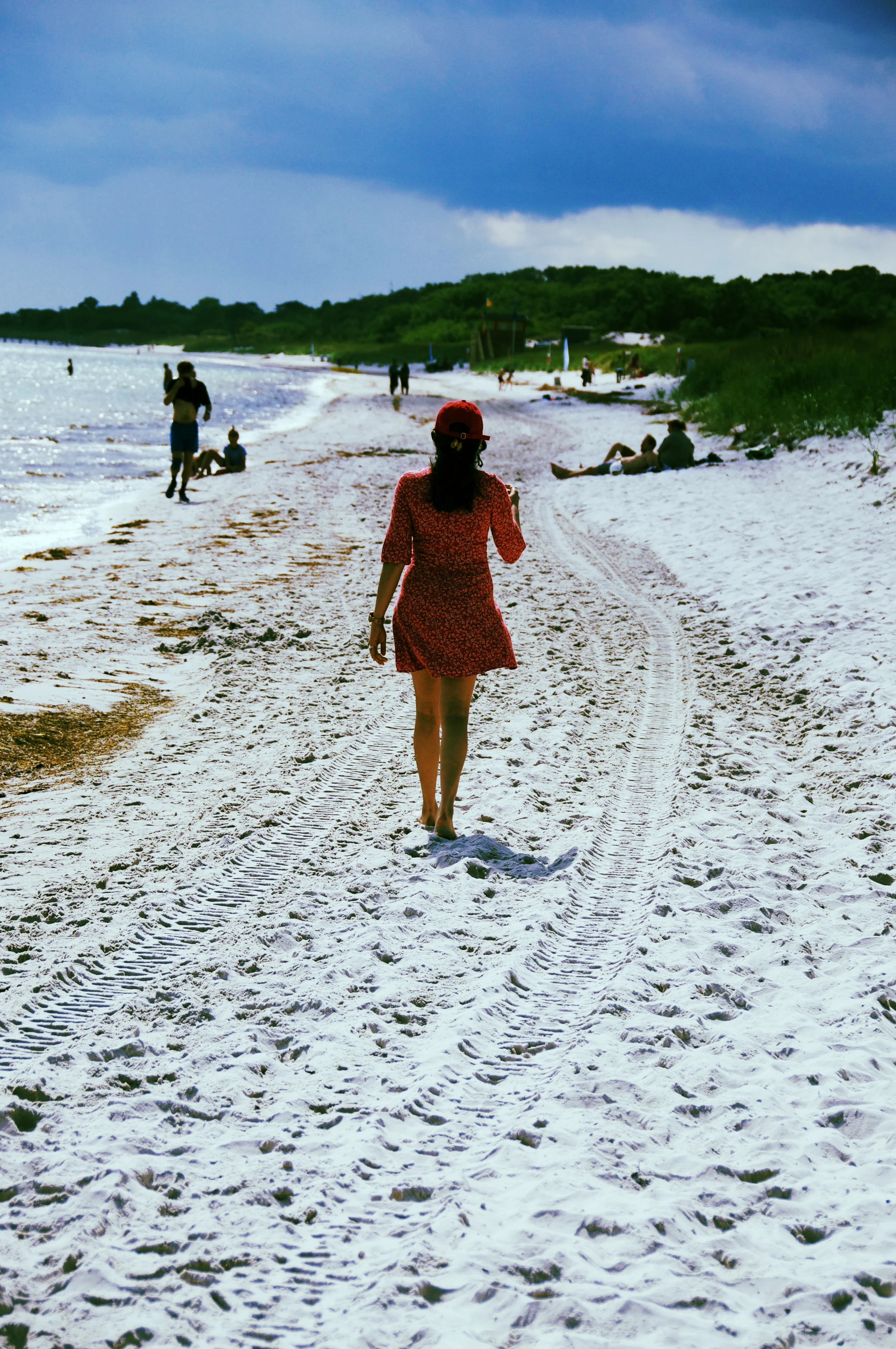The Art of Fika
Within days of moving to Sweden, I had acquired the basic vocabulary: hej (hello), hej do (bye), and tack (thank you). But the most important word I picked up in those early days was undoubtedly fika.
At first, I mistook it to mean “coffee break.” I was promptly corrected by my colleague Kristian. “No, no! Fika cannot be translated into any other language,” he explained. “It’s a very Swedish idea.” It is about more than just sharing coffee and bulle, or buns. “Fika serves a very important purpose in Swedish culture – it’s about taking a few minutes to slow down daily.”
Indeed, most Swedes have fika several times a day, during the week and over the weekend. The preferred time slots are around 10 a.m. and 3 p.m., but the concept is so ingrained that taking a fika break in the middle of the day is absolutely normal. Fika time is often even included in employee contracts.
Thick black coffee is central to the concept of fika, but the standing of bulle, cannot be underestimated. Tradition commands that a proper fika should include seven kinds of cookies or buns, but the typical fika consists of one type of sweet bun. Kanelbulle, or cinnamon buns, are the national favourite, and so popular that 4 October is celebrated as Cinnamon Bun day.
Every morning around 10, Kristian and I would walk to a nearby fik, a place to have fika, and catch up on office gossip and local news. Our fik was bright and airy; typically of Nordic minimalism, there was little furniture besides high stools and wood tables along the walls. The fik was invariably busy at this hour, considered peak work time elsewhere. “Our best ideas come during fika” Kristian told me, sipping a dark brew. He was right: I have had some of my best meetings informally over these breaks.
Though fika is a year-round pursuit, summer is an especially fantastic time of year for it as it moves outdoors. Cafés bring out their wicker chairs and light blankets, and parks are flush with fika get-togethers: people sprawled on the grass enjoying conversations with friends and family.
Travellers to Sweden too can get the essence of fika. Though fika is about human connections, a lonesome traveller walking into a cosy café and striking up a conversation with the barista or someone new is just as acceptable as a catch-up fika with friends.
Travellers to Sweden too can get the essence of a fika, while taking a break from a hectic travel schedule or day by slowing down at a local fik (Some such?).
While I know many more Swedish words now, fika remains one of my favourites. Mainly because it’s so much more than a word: it’s a simple experience of bonhomie over a cup of coffee and a bun, and a little time away from the grind.
Fika Accompaniments
1. Kanelbulle or Kardemummabulle (Cinnamon or cardamom buns)
These buttery, scroll-shaped buns laced with cinnamon (kanel) or ground cardamom (kardemum) have an irresistible aroma. Taste best warm from the oven.
2. Mazarins
These small pastries made of ground almonds are common across Europe. Named after an Italian lieutenant, they are stocked in nearly all Swedish cafés.
3. Punschrulle (Punsch rolls)
A cylindrical pastry covered with marzipan and dipped in chocolate, filled with cookie crumb, butter and cocoa mix, and flavoured with punsch liqueur. Punsch is a traditional liqueur in Sweden and Finland made from fruits.
4, Vaniljhjärta (Vanilla hearts)
This heart-shaped shortbread filled with vanilla custard has a thin and fragile outer crust, and crumbles easily. Vanilla hearts melt easily in the mouth and are a perfect companion to black, sugarless coffee. A favourite of the Swedish king.
5. Hallongrotta (Raspberry jam cookie)
Hallongrotta translates into "raspberry cave”. These are butter cookies filled with raspberry jam. Theytaste best when fresh and soft.
6. Chokladboll (Chocolate balls)
Chokladbolls are balls covered in coconut flakes and look like rum balls, but they don’t contain any liqueur. They are made of oatmeal, sugar, butter, and cocoa. They look pretty dense from outside but are surprisingly light when tasted.
7. Gräddbulle/Fastlagsbulle (Cream buns)
Gräddbulle are cream buns made with plain chocolate or chocolate sprinkled with shredded coconut.
8. Fastlagsbulle (Semla buns)
Fastlagsbulle is a traditional sweet roll made in various forms in Sweden. They are filled with marzipan paste and whipped cream.
Get Fika in Sweden
Drop Coffee
Located on a hidden by lane in the Swedish capital, Drop Coffee is a hip, award-winning roastery and café. Owner Joanna Alm is the current Swedish Coffee Roasting Champion. Drop Coffee roasts and sells coffees from highly regarded farms and cooperatives. Try their espresso blend (www.dropcoffee.com; SEK25/Rs190).
Flickorna Lundgrens
Located in the small fishing village of Skäret in southern Sweden, this café started by seven sisters in 1938 has a rich history. It is frequented by the Swedish Royals who have their summer houses in nearby Sofiero. Try their vanilla heart (www.fl-lundgren.se; coffee SEK50/Rs375; pastries from SEK30/Rs225).
Lilla Kafferosteriet
This café is located in an old, beautifully done 16th-century house in the heart of Malmo, the third largest city in Sweden. Lilla Kafferosteriet's speciality is freshly roasted, high quality coffee. For a caffeine hit, try their Buddha Special, a café latte with four shots of espressos (www.lillakafferosteriet.se; SEK45/Rs340).








